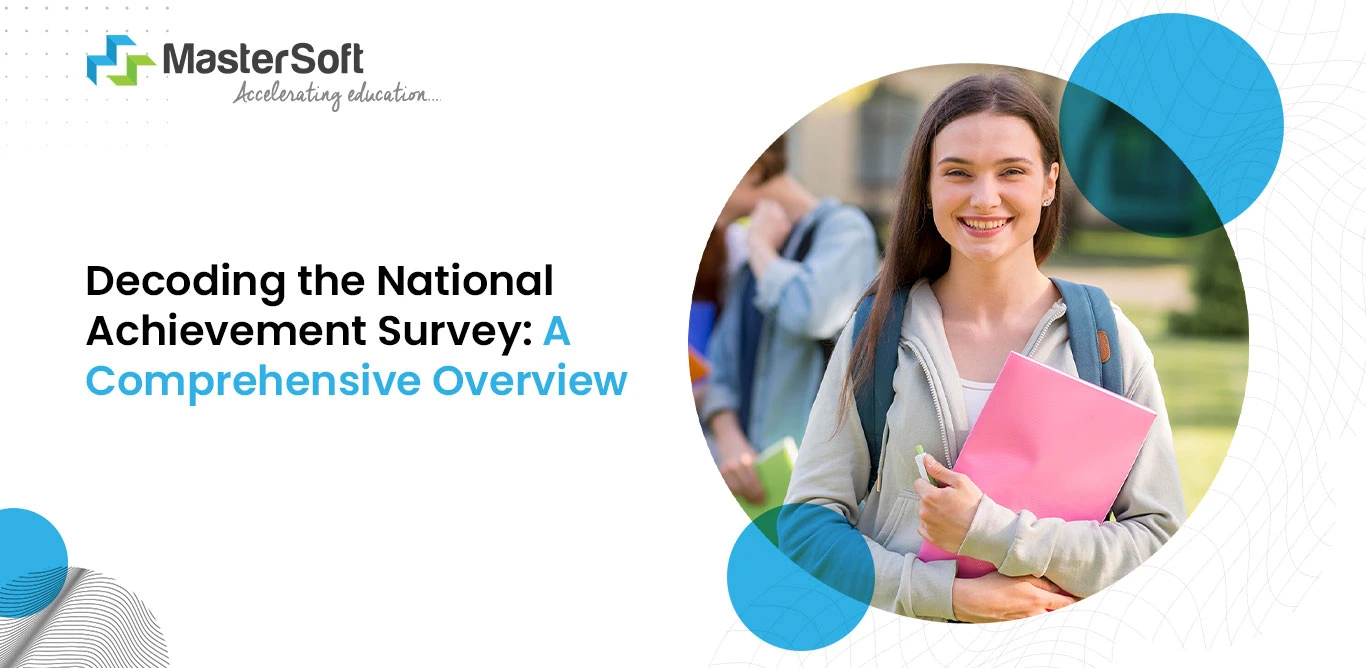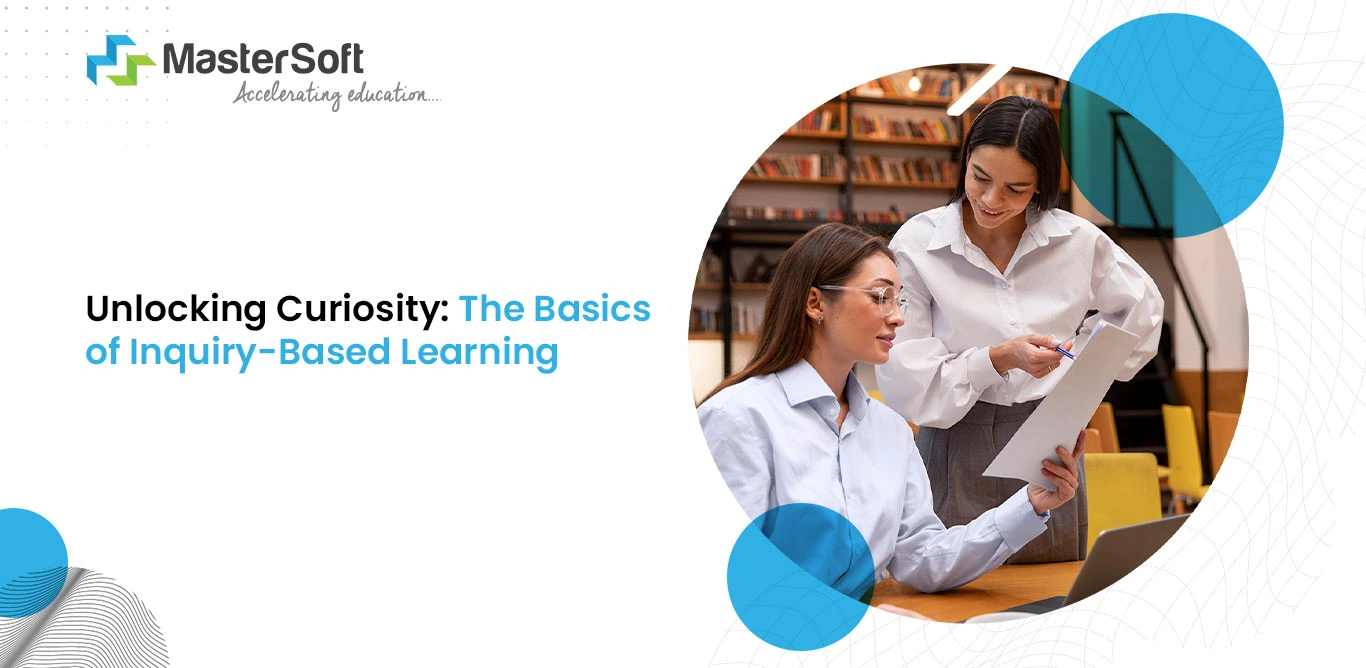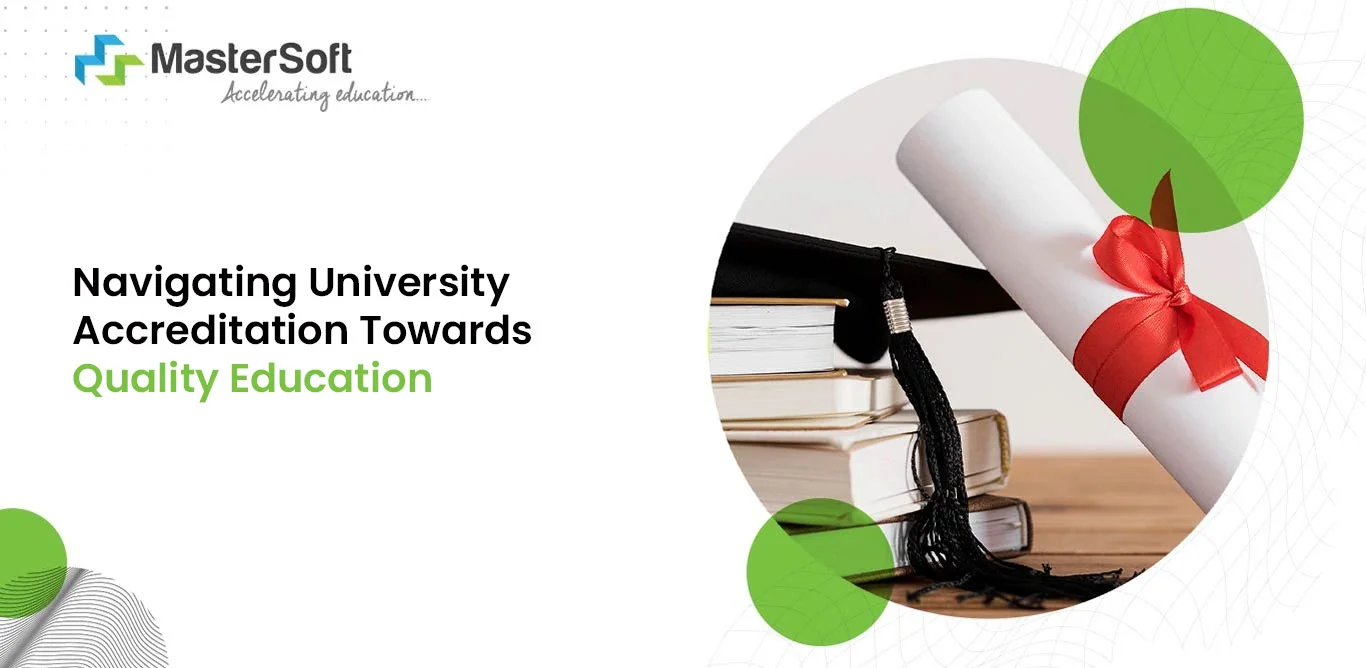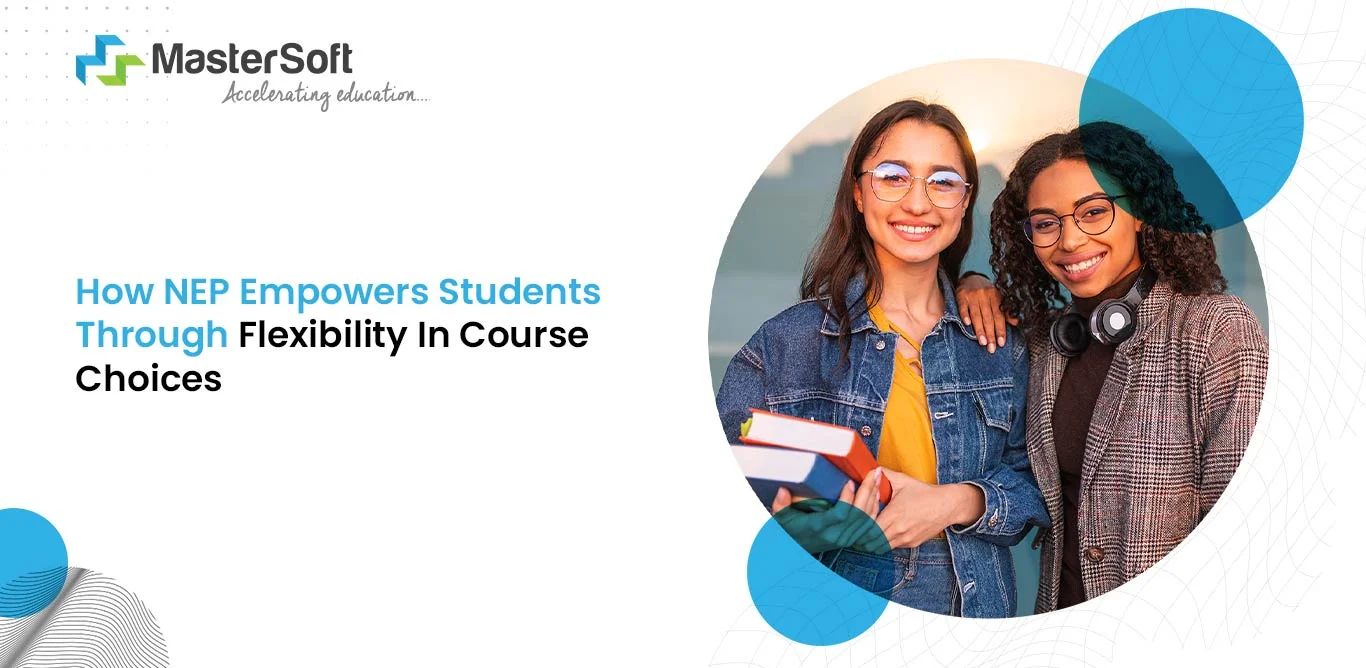04, Jan 2024
Education has always been the key to unlocking the potential of individuals and societies. With proper education, people can gain knowledge, skills, and values and also use them to contribute to the development of their nation.
However, education is a dynamic process. It keeps evolving to match the changing needs and aspirations of students and society. Therefore, it is important to match the educational goals with the current and future realities and challenges.
Indian Government has taken two initiatives to fuel the development of quality education in the country at different levels. These are the National Education Policy (NEP) 2020 and the National Higher Education Qualifications Framework (NHEQF)
The National Education Policy (NEP) 2020 is a prominent plan that aims to transform the Indian education system and make it more relevant, inclusive, and comprehensive. The NEP 2020 seeks an education system that promotes creativity, critical thinking, innovation, and lifelong learning among all students.
National Education Policy 2020: All You Need To Know About NEP 2020 For Schools
However, simply having a policy is not enough to bring the vision of NEP 2020 into reality. In addition to a policy, it is also important to have a robust framework that defines and regulates the standards and outcomes of education across different levels and domains.
This is where the National Higher Education Qualifications Framework (NHEQF) comes into play.
The NHEQF is a uniform standard for the development and recognition of qualifications in India. In addition to promoting the alignment of qualifications with the learning outcomes and competencies expected of the students, it establishes a uniformity of levels, from primary school to higher education.
In this blog, we will explore how NEP 2020 and NHEQF complement each other and create a synergy that can enhance the quality and relevance of education in India. We will also discuss major challenges and solutions in aligning NEP 2020 and NHEQF. Additionally, we will establish the role of various stakeholders in this process.
The Vision of NEP 2020
The NEP 2020 is a policy that covers all educational aspects of pre-primary, primary, secondary, and higher education in India. It is based on the principles of equity, quality, access, affordability, accountability, and autonomy. It aims to create a learner-centric, flexible, multidisciplinary, experiential, and integrated education system that aligns with the socio-cultural and economic context of India.
Some of the Key Changes Proposed by NEP 2020 are:
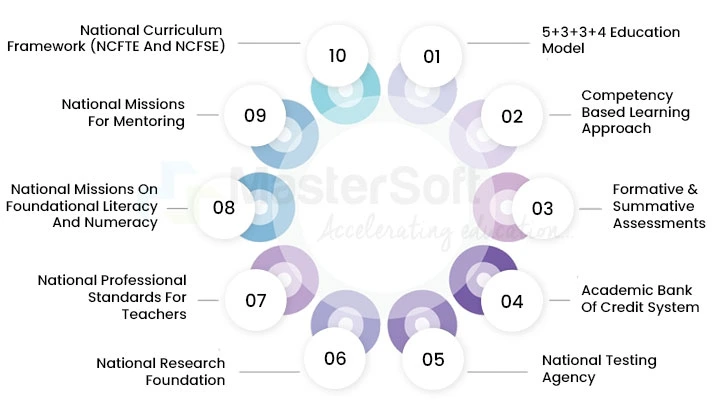
- A 12-year education system with a 5+3+3+4 model including one year of pre-primary education
- Establishing a competency-based learning approach that promotes developing core skills and values
- Conducting formative and summative assessments focusing on learning outcomes
- Academic Bank of Credit (ABC) system that allows students to choose subjects across disciplines and institutions and transfer credits
- Forming a National Testing Agency (NTA) to conduct standardized entrance exams for higher education
- Determining National Research Foundation (NRF) funding and promoting research and innovation
- Setting National Professional Standards for Teachers (NPST) and defining required competencies and qualifications
- Forming National Missions on Foundational Literacy and Numeracy (NMFN) and National Missions for Mentoring (NMM)
- Revising curriculum and pedagogy for teacher education and school education programs under National Curriculum Framework (NCFTE and NCFSE)
The Indian education system may be greatly impacted by NEP 2020. It can help in creating a culture of learning that nurtures different aspects among students. These aspects include curiosity, creativity, collaboration, digital literacy, multilingualism, global citizenship, environmental awareness, health and wellness.
NEP 2020 can also help in bridging the gaps between different stages, streams, sectors, regions, genders, castes, classes, abilities, and disabilities in education. It can also help in enhancing employability, entrepreneurship, innovation, research, leadership, and social service among the students.
NCFTE: Guide On National Curriculum Framework For Teacher Education
The Role of NHEQF
The National Higher Education Qualification Framework (NHEQF) is a set of standardised references for the development and recognition of qualifications in India.
It is based on the principles of transparency, consistency, comparability, portability, and progression. It aims to create a coherent system of qualifications that focuses on improving the learning outcomes and competencies expected from students.
The NHEQF covers primary schools to higher education institutions and beyond and consists of ten levels. Each level is defined by a set of factors that specify the knowledge, skills, and application required to reach that level.
The levels also correspond to the National Occupational Standards (NOS), which define occupational roles and competencies for different sectors and domains. The NHEQF also establishes guidelines for the development, accreditation, and certification of qualifications by various awarding bodies. These include boards, universities, councils, and institutes, among others.
The purpose of NHEQF is to align qualifications with the learning outcomes and competencies expected from the students. It also promotes recognition and transfer of credits and qualifications across different levels, domains, institutions, and regions.
NHEQF also focuses on the quality of educational and training programs. It also supports the lifelong learning and career development of students. This is achieved by providing students with multiple entry and exit points and paths for progression.
The Synergy Between NEP 2020 and NHEQF
NEP 2020 and NHEQF are two complementary frameworks. Together, they create a synergy that enhances the quality and relevance of education in India.
NEP 2020 provides the vision and direction for the transformation of the Indian education system, while NHEQF provides the structure and mechanism for the implementation of this vision.
Together, they can help in achieving the following objectives:
- An education system that is learner-centered and enhances the varied interests, skills, and goals of individual students.
- A flexible education system that allows students to choose their courses, subjects, schools, and learning styles according to their preferences.
- A multidisciplinary educational framework that promotes students' exploration of multiple disciplines and domains. It aims to help them gain a comprehensive understanding of a wider range of subjects and topics.
- An approach to experiential learning that boosts students' practical skills and application. This is done by involving them in project-based, problem-based, inquiry-based, and cooperative learning activities.
- An integrated education system that connects various educational stages, streams, sectors, regions, genders, castes, classes, abilities, and disabilities. This is to create a seamless experience of learning opportunities for everyone.
- A relevant education system that prepares students for employability, entrepreneurship, innovation, research, leadership, and social service. This is in response to current and future societal and economic needs and challenges.
Some examples of successful implementation of NEP 2020 and NHEQF are:
- ABC system allows students to collect credits from various institutions and transfer them at their convenience.
- NTA conducts standardized entrance exams for admission to higher education institutions.
- NRF funds and promotes research and innovation across different disciplines.
- NPST defines the competencies and qualifications required for teachers to excel at different levels of education.
- NMFN ensures that all children acquire basic reading, writing, and arithmetic skills by grade 3.
- NMM connects experienced teachers with young teachers for guidance and support.
- NCFTE revises the curriculum and pedagogy for teacher education programs.
- NCFSE revises the curriculum and pedagogy for school education programs.
NEP 2020 New Academic Structure Explained - 5+3+3+4 Education System
Challenges and Solutions
Some of these challenges are:
- Lack of awareness and understanding of NEP 2020 and NHEQF among stakeholders.
- Lack of coordination and collaboration among awarding bodies, regulatory bodies, accreditation agencies, and quality assurance agencies.
- Ineffective infrastructure, resources, capacity, and expertise for quality education and training.
- Rigid curriculum design, pedagogy, assessment, and delivery.
- Major differences between existing and proposed qualifications.
- Lack of recognition and acceptance of new qualifications by employers, industry, academia, and society.
To overcome these challenges, some possible solutions are:
- Conduct awareness campaigns and workshops to educate stakeholders about NEP 2020 and NHEQF.
- Establish a National Coordination Committee (NCC) for standardising and implementing NEP 2020 and NHEQF.
- Provide adequate funding, infrastructure, technology, equipment, materials, human resources, and training to support quality education and teacher training programs.
- Encourage flexibility, autonomy, and innovation in curriculum design, pedagogy, assessment, and delivery of education and training programs.
- Develop a mechanism for the recognition and transfer of credits and qualifications between different levels, domains, institutions, and regions.
- Ensure quality levels and improve education and training programs by following the standards and outcomes of NEP 2020 and NHEQF.
- Validate and certify previous qualifications and experience in light of existing knowledge, skills, and competencies.
- Develop a mechanism for feedback and evaluation of NEP 2020 and NHEQF to monitor and measure the impact and outcomes of initiatives.
The Role of Various Stakeholders
The alignment of NEP 2020 and NHEQF is a complex and continuous process. It requires active participation and collaboration of various stakeholders. These stakeholders include students, teachers, parents, employers, policymakers, regulators, accreditors, quality assurers, awarding bodies, institutions, etc. Each stakeholder has a role to play in this process.
Some of these roles are:
Students: They are the primary beneficiaries of NEP 2020 and NHEQF. Students should be aware of their rights, responsibilities, opportunities, and choices in education. They should be free to choose subjects, courses, institutions, and modes of learning according to their convenience and preferences. The students should also be engaged in their learning process and strive to achieve their learning outcomes and competencies.
Teachers: They are the key facilitators of NEP 2020 and NHEQF. Teachers should be aware of the vision and goals of NEP 2020 and NHEQF. They should also have the necessary qualifications and competencies to deliver quality education and training programs. These should help teachers fulfill the expectations and needs of the students. They should also be flexible, innovative, and student-centric. These attitudes are required by teachers in curriculum design, pedagogy, assessment, and delivery methods.
Parents: They are the primary supporters of NEP 2020 and NHEQF. Parents should be aware of the benefits and opportunities of NEP 2020 and NHEQF for their children. They should also be supportive of their children's choices and aspirations in education. Parents should also be involved in their children's learning process and provide them with guidance and feedback.
Summing it Up:
To sum up, the National Education Policy (NEP) 2020 and the National Higher Education Qualifications Framework (NHEQF) are two important initiatives by the Indian government to revolutionize the education system in India.
While NEP has a vision for a student-centric and flexible education system, NHEQF establishes the standards of qualifications that help achieve the learning outcomes and competencies expected of the students.
It is important to align educational goals with current and future realities and challenges. With this, we can create a culture of learning that nurtures creativity, critical thinking, innovation, and lifelong learning among students.
Unlock student success by aligning educational goals with NHEQF and NEP 2020.
Mobile: 08448010216
Email:info@mastersofterp.com



